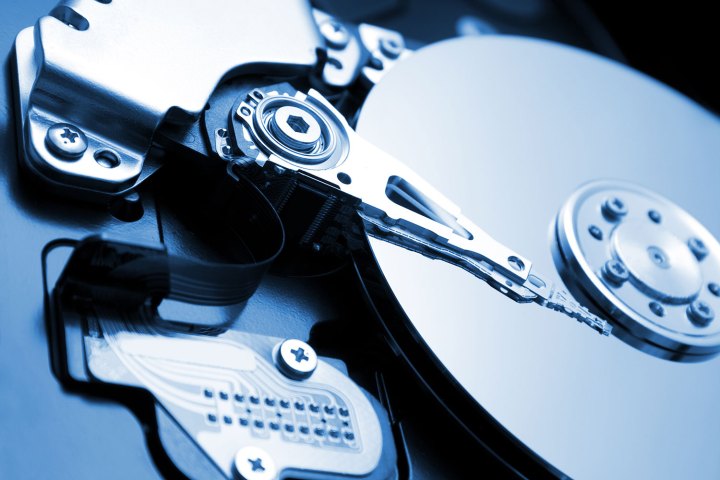
Since the beginning of this documentation, BackBlaze found HGST proved to be the most reliable, regardless of size or brand of drive, while Western Digital and Seagate duked it out for the dubious honor of having the most failed drives. This year, though, things are quite different.
For the first quarter of 2016, the backup provider found that of the 35,000-plus Seagate drives it operates, slightly more than 200 failed, or around 3.5 percent. That’s a huge dropoff from 2015’s near 11 percent failure rate. Clearly, moving to Seagate’s newer 4TB drives has made a big difference in reliability.
Related: Solid state drives vs. hard drives: which is right for you?
Unfortunately for Western Digital, though, the same cannot be said for its latest crop of HDDs. Of the 1,691 in operation at BackBlaze, 6.55 percent failed
That said, none of these results should suggest the drives in use are poor quality or prone to failure. Indeed, they have been subjected to (in some cases) millions of days worth of operation, with intense usage far beyond what you could expect in an average consumer’s system.
The heat, vibrations, and other stress factors that must be considered with any such testing should mean that these results be of only minor consideration when making your own purchases, but they do give us a large sample size to work wit.
As ExtremeTech points out, when it comes to buying drives itself, BackBlaze’s first consideration is cost. Even though HGST is the most reliable drive by its own testing metrics, it still employs more Seagate drives — which is surprising considering they were some of the most unreliable until recently. However, that was mostly due to one particular three terabyte drive, which we are well aware of.
Editors' Recommendations
- No regrets: Hisense lets you test drive its TVs for free for 100 days
- How to clone a hard drive on MacOS and Windows
- The best wireless external hard drives




